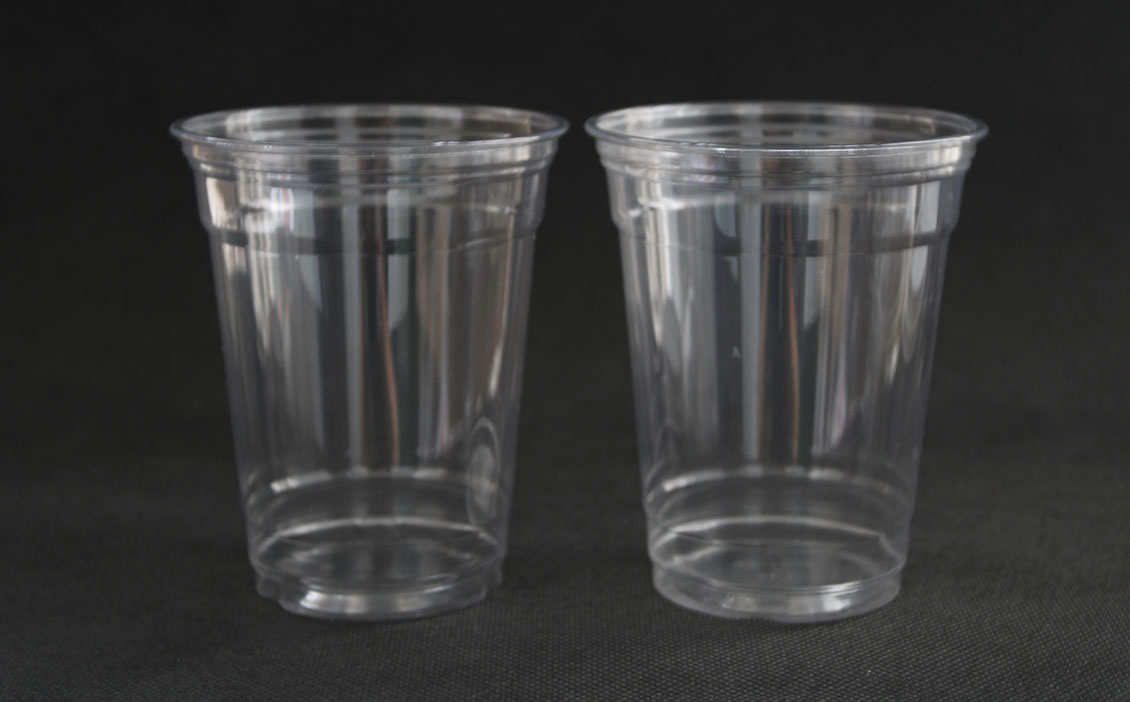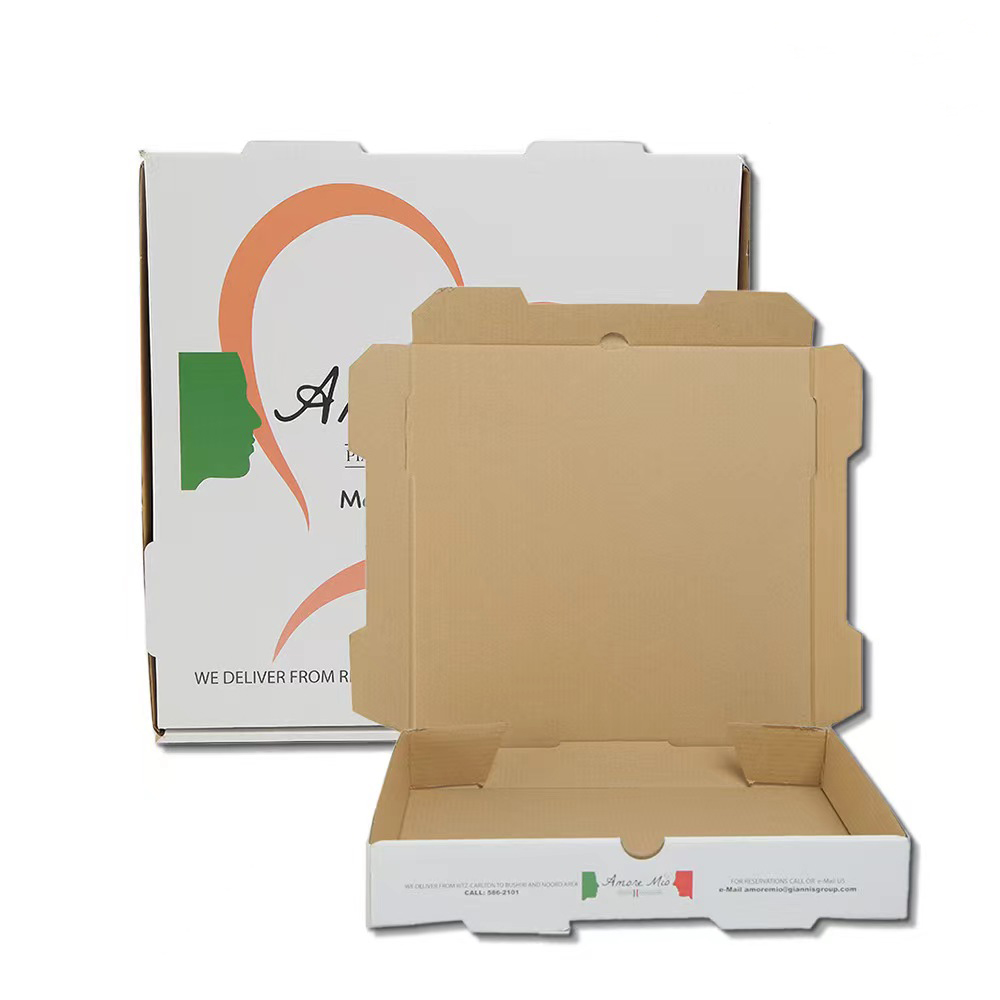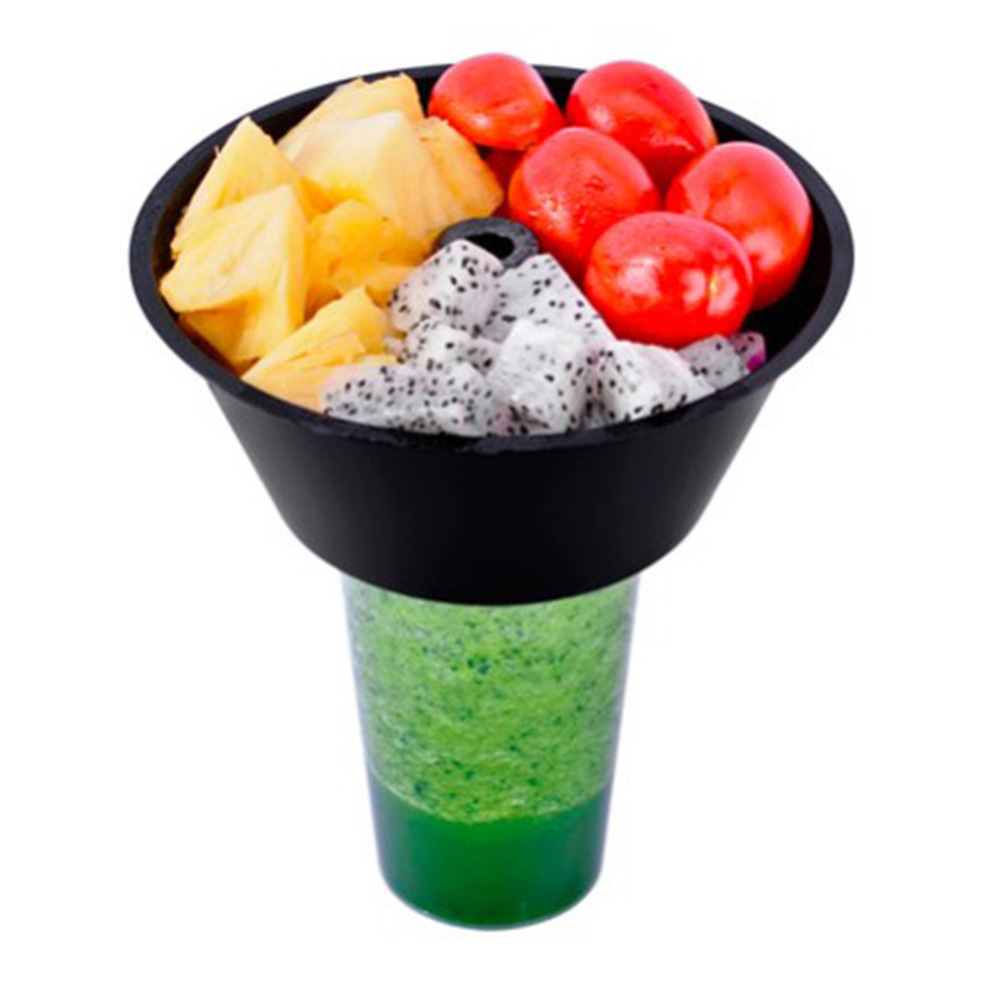
Biodegradable plastic packaging materials
Biodegradable materials are materials that can be degraded by the interaction between natural microorganisms such as bacteria, fungi and algae. The material can be completely decomposed by environmental microorganisms, and then converted into carbon dioxide and water or methane and water. The degradation products of biodegradable packaging materials can participate in the carbon and nitrogen cycle in nature. Carbon and nitrogen elements can not only constitute the basic framework of organisms, but also realize the metabolism of organisms through their own biochemical reactions. Therefore, biodegradable plastic packaging material is an environmental friendly material.
Photodegradable plastic packaging materials
Photodegradable plastic packaging material refers to the material that will degrade automatically under the action of light. The reaction mechanism is that plastics will absorb ultraviolet light in sunlight, which will reduce the bond energy, break the long chain of polymer, change the macromolecule into small molecule, the small molecule will continue to oxidize, the free radical will break the chain, and the small molecule fragment will be completely oxidized by air. Photodegradable plastics can be divided into copolymerization type and additive type. Copolymeric plastics are plastics formed by copolymerization of carbon monoxide or other olefins.
In order to realize photodegradation, the chromogenic groups similar to carbonyl group and some weak bonds in the polymer chain make it more unstable under light conditions. The additive type is to add benzophenone and other light sensitive photosensitizers into the common plastics, so that it can absorb the light with the wavelength of 300nm, promote the dehydrogenation between the molecules, continuously reduce the molecular weight, and finally achieve the goal of complete degradation. The necessary condition for photodegradable plastics to be degraded is that there is sufficient ultraviolet light. When the light or ultraviolet light is insufficient, the material is difficult to degrade, and the reaction conditions are more stringent.
Other degradable plastics
With the development of society, medical and health has become a hot topic. More and more attention has been paid to the treatment of medical waste. When the medical waste is thrown into the water after use, it will completely dissolve in the water. The common medical gloves are treated in this way.
Development prospect of intrinsic flame retardant polymer materials
At present, the main method of preparing flame retardant polymer materials in China is to use physical and mechanical methods to add flame retardant to ensure the purpose of flame retardant polymer materials. Although the method used in our country is very convenient, there are still many problems in the actual process of preparation, such as the large dosage of flame retardant. Moreover, the addition of flame retardant in polymer materials can directly affect the mechanical properties, physical and chemical properties of the matrix polymer, especially the processability, electrical and mechanical properties.
At the same time, the stability of flame retardant in materials is poor, which leads to the loss of flame retardant in the process of using, which not only pollutes the environment, but also wastes resources seriously.
Due to the high flame retardancy of bromine and chlorine based flame retardants, they are widely used. However, the relevant research fully shows that brominated flame retardants will produce a lot of toxic gases in the process of flame retardant, which will not only pose an extremely serious threat to the environment and people's life safety, but also improve the anti ultraviolet ability of the flame retardant matrix materials Therefore, people pay more and more attention to the problems caused by it.
Therefore, in order to make up for its shortcomings, researchers can successfully synthesize a series of new polymer materials with high flame retardant properties by using chemical reaction methods. On the one hand, flame retardants and polymers with active original were selected, and flame retardant polymers were prepared by rearrangement or polycondensation. On the other hand, the flame retardant atoms were selected to synthesize the new intrinsic flame retardant polymer materials directly.
In view of the existing problems of degradable plastic packaging materials, the future research process should pay special attention to the following aspects:
lower production cost
The cost problem has always been an important indicator of whether the product can be used in the market on a large scale. In the future research process, we can reduce the cost of degradable plastic packaging materials by increasing the proportion of cheap raw materials, and reduce the production cost of degradable plastic packaging materials by optimizing and improving the process. From the source and production process to reduce costs.
Improve degradation effect
Compared with photodegradable plastics, photobiodegradable plastics are not limited by light intensity and ultraviolet light; compared with biodegradable plastics, their process is much simpler. Two kinds of inducers were added into the mixture to make it have excellent performance. They are the controllable photodegradation photosensitizer for the chemical reaction of starch and induced luminescence, and some assistant degradation agents.

 18681001931
18681001931

 info@js-cup.com
info@js-cup.com Home
Home








 18681001931
18681001931 18681001931
18681001931

